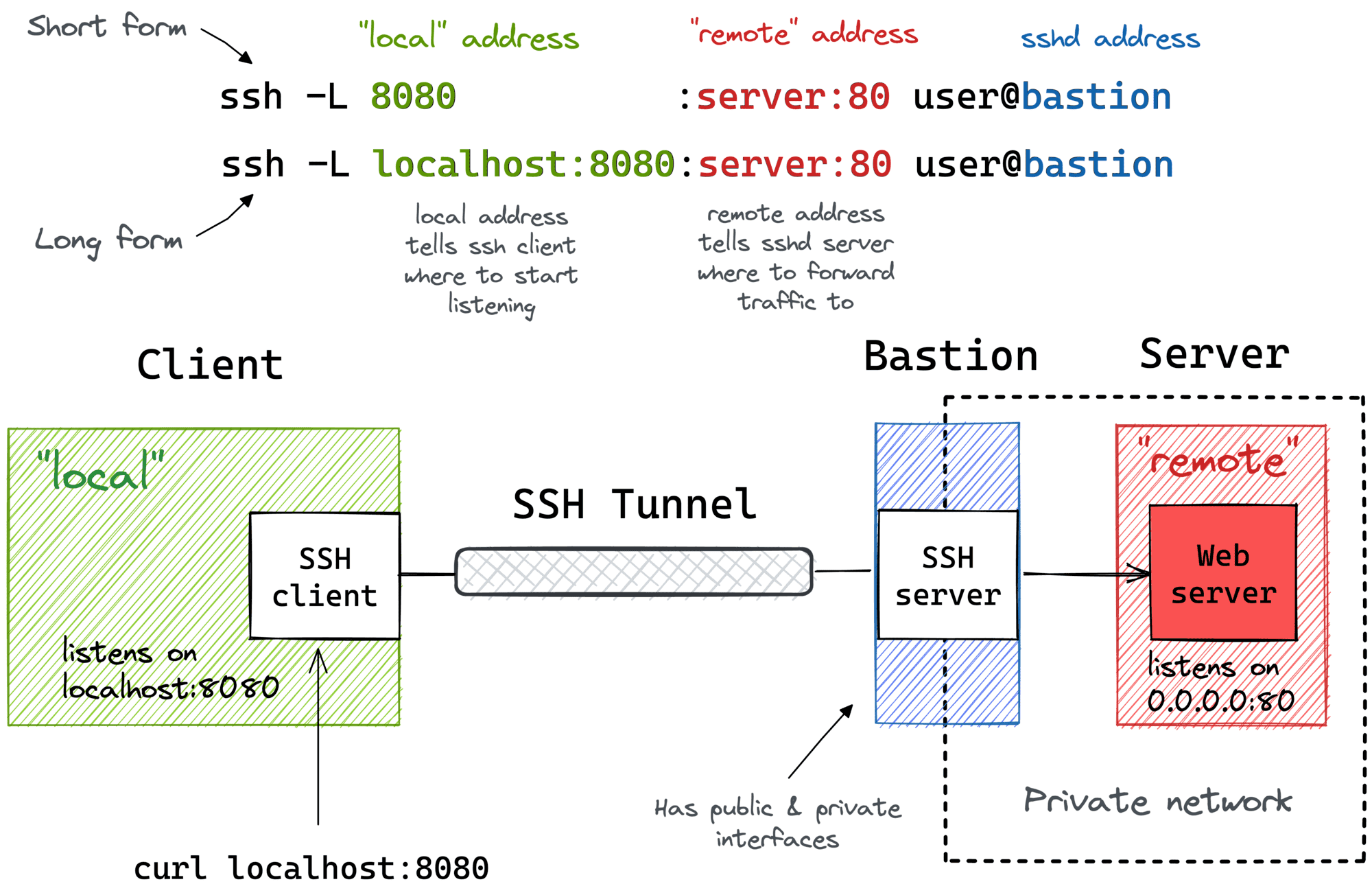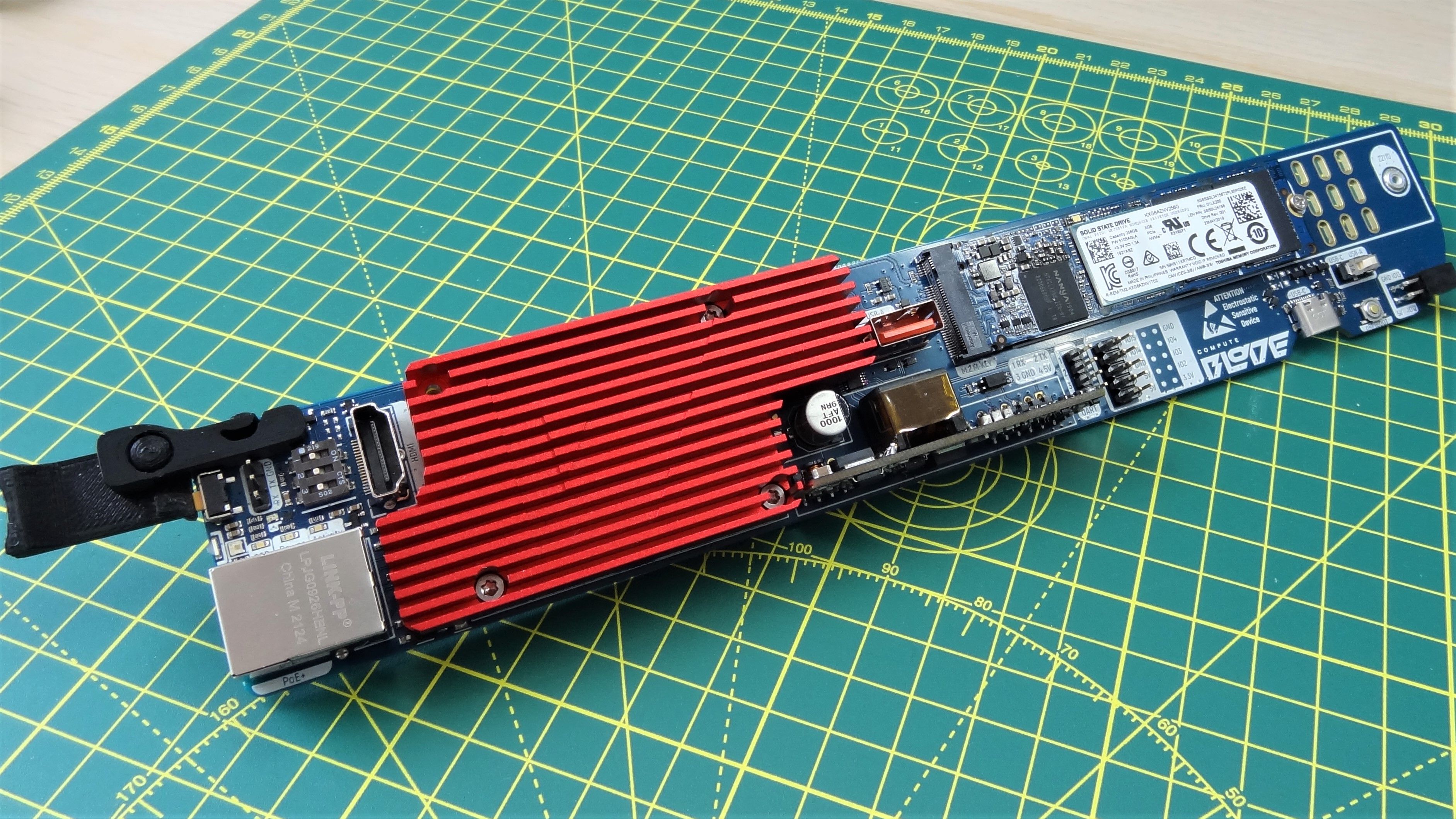Are you diving into the world of IoT and wondering how to set up a secure remote connection using Raspberry Pi? If you're like me, the idea of controlling devices from anywhere sounds exciting but also a little daunting. Remote IoT VPC SSH Raspberry Pi setups are becoming increasingly popular for hobbyists, professionals, and tech enthusiasts alike. Today, we're going to break down everything you need to know about this setup and why it’s worth your time.
This isn’t just about connecting a Raspberry Pi to the internet. It’s about creating a secure environment where you can manage your IoT devices without compromising on safety. Whether you're automating your home or building a complex network of sensors, this guide will help you understand the ins and outs of remote IoT setups.
Let’s face it—security is a big deal when it comes to IoT. You don’t want someone hacking into your smart fridge or security cameras. That’s why using VPC (Virtual Private Cloud) and SSH (Secure Shell) with Raspberry Pi is a game-changer. We’ll cover everything from setting up your Raspberry Pi to configuring SSH and VPC, so you can keep your devices safe and sound.
- Who Are Marley Sheltons Siblings Family Life Revealed
- Charity Nye Bill Nyes Daughter Bio Age Controversy
What Exactly is Remote IoT VPC SSH Raspberry Pi?
Alright, let’s break it down. Remote IoT refers to controlling Internet of Things devices from a distance. VPC stands for Virtual Private Cloud, which creates a secure network environment in the cloud. SSH, or Secure Shell, is a protocol that allows you to securely access and manage devices over the internet. And Raspberry Pi? Well, that’s the little computer that could—it’s small, affordable, and powerful enough to act as the brain of your IoT setup.
When you combine all these elements, you get a system that lets you remotely manage IoT devices while keeping them protected. This setup is perfect for anyone who wants to automate their home, monitor environmental data, or even run a small business with IoT devices.
Here’s a quick rundown of the benefits:
- Josh Winterhalt The Untold Story Of Sarah Wayne Callies Husband
- Hilary Duff Movies Shows From Lizzie Mcguire To Now
- Security: VPC and SSH provide an extra layer of protection against unauthorized access.
- Flexibility: You can control your devices from anywhere in the world.
- Affordability: Raspberry Pi is budget-friendly, making it accessible for hobbyists and small-scale projects.
Why Should You Care About Remote IoT Security?
In today’s connected world, security isn’t just an option—it’s a necessity. Imagine waking up one day to find out that someone hacked into your smart thermostat or security camera. Not cool, right? That’s why setting up a secure remote IoT environment is crucial.
VPC and SSH play a key role in protecting your devices. VPC isolates your IoT devices in a private cloud network, reducing the risk of unauthorized access. SSH encrypts your communication, ensuring that no one can intercept your data while you’re managing your devices remotely.
By using Raspberry Pi as the central hub for your IoT setup, you gain more control over your network. Unlike pre-built solutions, Raspberry Pi allows you to customize your setup to fit your specific needs.
Common Security Threats in IoT
Before we dive deeper into the setup process, let’s talk about some common security threats in IoT:
- Unsecured Wi-Fi Networks: If your devices are connected to an open or poorly secured Wi-Fi network, they’re vulnerable to attacks.
- Default Passwords: Many people forget to change the default passwords on their IoT devices, making it easy for hackers to gain access.
- Firmware Vulnerabilities: Outdated firmware can leave your devices exposed to known vulnerabilities.
By implementing VPC and SSH, you can significantly reduce these risks and create a more secure IoT environment.
Setting Up Your Raspberry Pi for Remote IoT
Now that we’ve covered the basics, let’s talk about how to set up your Raspberry Pi for remote IoT. This process involves a few key steps, but don’t worry—it’s easier than it sounds.
Step 1: Prepare Your Raspberry Pi
Before you can start setting up your remote IoT environment, you’ll need to prepare your Raspberry Pi. Here’s what you’ll need:
- A Raspberry Pi (any model will work, but newer models are faster and more powerful).
- A microSD card with at least 16GB of storage.
- A power supply compatible with your Raspberry Pi model.
- An Ethernet cable or Wi-Fi dongle (if your Pi doesn’t have built-in Wi-Fi).
Once you have all the necessary hardware, you’ll need to install an operating system on your Raspberry Pi. The most popular choice is Raspberry Pi OS, which is lightweight and easy to use. You can download it from the official Raspberry Pi website and use a tool like Balena Etcher to write the image to your microSD card.
Step 2: Configure SSH
SSH is the backbone of any secure remote connection. To enable SSH on your Raspberry Pi, follow these steps:
- Create an empty file named "ssh" (without any file extension) on the boot partition of your microSD card.
- Insert the microSD card into your Raspberry Pi and power it on.
- Connect to your Raspberry Pi using an SSH client like PuTTY (for Windows) or the built-in terminal (for macOS and Linux).
Once you’re connected, you can change the default password and configure other SSH settings to enhance security.
Step 3: Set Up VPC
VPC creates a secure network environment for your IoT devices. To set up VPC, you’ll need to:
- Create a VPC in your preferred cloud provider (such as AWS, Google Cloud, or Microsoft Azure).
- Configure subnets, security groups, and access controls to ensure that only authorized devices can connect to your VPC.
- Connect your Raspberry Pi to the VPC using a cloud-based SSH tunnel or a similar solution.
This step may seem a bit more complicated, but most cloud providers offer detailed documentation to help you through the process.
Benefits of Using Raspberry Pi for IoT
Raspberry Pi is an excellent choice for IoT projects because of its affordability, flexibility, and community support. Here are some of the key benefits:
- Cost-Effective: Raspberry Pi is one of the most affordable single-board computers on the market.
- Customizable: You can tailor your Raspberry Pi setup to meet the specific needs of your IoT project.
- Wide Community Support: The Raspberry Pi community is vast and welcoming, offering tons of tutorials, forums, and resources to help you succeed.
Whether you’re building a simple home automation system or a complex industrial IoT network, Raspberry Pi has the power and flexibility to handle the job.
Best Practices for Secure IoT Connections
Setting up a secure remote IoT environment isn’t just about configuring VPC and SSH. There are several best practices you should follow to ensure the safety of your devices:
1. Use Strong Passwords
Weak passwords are one of the most common security vulnerabilities in IoT. Make sure you use strong, unique passwords for all your devices and accounts. Consider using a password manager to keep track of them.
2. Keep Firmware Up to Date
Regularly updating the firmware on your IoT devices is crucial for patching known vulnerabilities. Most devices will notify you when updates are available, but it’s a good idea to check manually every now and then.
3. Monitor Your Network
Keep an eye on your network activity to detect any suspicious behavior. Many IoT platforms offer built-in monitoring tools that can alert you to potential threats.
Real-World Applications of Remote IoT VPC SSH Raspberry Pi
So, what can you actually do with a remote IoT VPC SSH Raspberry Pi setup? The possibilities are endless. Here are a few examples:
- Home Automation: Control smart lights, thermostats, and security systems from anywhere in the world.
- Environmental Monitoring: Use sensors to monitor temperature, humidity, and air quality in your home or office.
- Industrial IoT: Manage and monitor machinery and equipment in factories or warehouses.
These applications demonstrate the versatility and power of remote IoT setups. With the right configuration, you can create a system that meets your specific needs and enhances your daily life.
Challenges and Solutions in Remote IoT
While remote IoT setups offer numerous benefits, they also come with their own set of challenges. Here are some common issues and how to address them:
1. Connectivity Issues
Problem: Your Raspberry Pi loses its internet connection, causing your IoT devices to go offline.
Solution: Use a reliable internet service provider and consider setting up a backup connection using a mobile hotspot or secondary router.
2. Device Compatibility
Problem: Some IoT devices may not be compatible with your Raspberry Pi setup.
Solution: Check the compatibility of your devices before purchasing them. Many manufacturers provide detailed specifications and compatibility lists.
Conclusion: Take Control of Your IoT World
Remote IoT VPC SSH Raspberry Pi setups offer a powerful way to manage and secure your IoT devices. By following the steps outlined in this guide, you can create a system that’s both flexible and secure. Remember to prioritize security, keep your devices up to date, and monitor your network regularly.
Now it’s your turn! Have you tried setting up a remote IoT environment using Raspberry Pi? Share your experiences in the comments below. And if you found this guide helpful, don’t forget to share it with your friends and fellow tech enthusiasts. Together, we can build a safer, smarter connected world.
Table of Contents
- What Exactly is Remote IoT VPC SSH Raspberry Pi?
- Why Should You Care About Remote IoT Security?
- Setting Up Your Raspberry Pi for Remote IoT
- Benefits of Using Raspberry Pi for IoT
- Best Practices for Secure IoT Connections
- Real-World Applications of Remote IoT VPC SSH Raspberry Pi
- Challenges and Solutions in Remote IoT
- Conclusion



Detail Author:
- Name : Freda Dach
- Username : kertzmann.ed
- Email : chet.rau@mills.com
- Birthdate : 1980-05-15
- Address : 549 Windler Hills Apt. 738 Mullerview, CO 23832
- Phone : +14588400390
- Company : Bradtke, Botsford and Ferry
- Job : Electrical Parts Reconditioner
- Bio : Doloribus sunt nihil quis voluptas. Dolor nisi sed et neque pariatur et. Provident provident et impedit sapiente reiciendis quis. Sint excepturi dolore aliquam sed dicta et voluptatum et.
Socials
linkedin:
- url : https://linkedin.com/in/lefflers
- username : lefflers
- bio : Consequatur culpa nulla ducimus dolore facilis.
- followers : 4434
- following : 1861
facebook:
- url : https://facebook.com/skye_official
- username : skye_official
- bio : Rerum tempore laborum vitae autem et. Soluta hic blanditiis odio fugit.
- followers : 1443
- following : 2449
tiktok:
- url : https://tiktok.com/@leffler2015
- username : leffler2015
- bio : Sed voluptates aut id tempora. Ut suscipit aspernatur sapiente non.
- followers : 1911
- following : 758
twitter:
- url : https://twitter.com/skye_leffler
- username : skye_leffler
- bio : Velit ut nesciunt ut velit. Quisquam amet quis iusto occaecati. Dolor adipisci fuga fuga ut et. Et quibusdam iste temporibus totam omnis possimus.
- followers : 4317
- following : 838